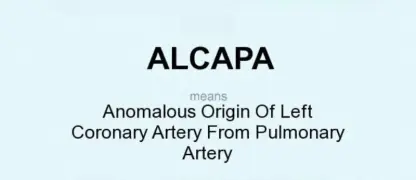Aortic Valve Atresia is a critical heart condition in newborns. Early diagnosis and proper treatment are essential to improve survival and heart function.
What are the main causes of aortic valve atresia?
- Aortic valve atresia develops due to abnormal fetal heart formation, preventing the aortic valve from opening and blocking blood flow from the heart.
- Genetic mutations or inherited syndromes increase the risk of this defect, making it more common in families with congenital heart conditions.
- Environmental factors during pregnancy, such as maternal illness or drug exposure, may contribute to the abnormal valve development in the fetus.
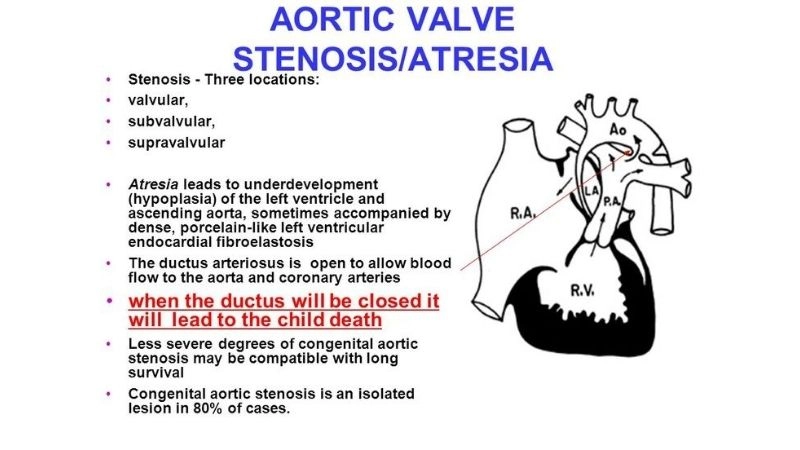
Aortic valve atresia symptoms and early warning signs
>>> Understand more about: Hypoplastic Right Heart Syndrome (HRHS) management
Key symptoms of aortic valve atresia to watch for
- Newborns often experience severe breathing difficulty shortly after birth, indicating inadequate oxygen circulation due to blocked blood flow.
- Babies may develop bluish skin (cyanosis), showing that oxygen-rich blood is not reaching vital organs and tissues properly.
- Feeding difficulties, extreme fatigue, and poor weight gain are common warning signs requiring urgent medical evaluation.
How can you prevent aortic valve atresia effectively?
- Regular prenatal care, including ultrasound screening, can help detect congenital heart abnormalities early and prepare for necessary interventions.
- Avoiding harmful medications, infections, and toxic exposures during pregnancy reduces the risk of abnormal heart development in the fetus.
- Genetic counseling before conception is recommended for families with a history of congenital heart defects to assess risks and prevention strategies.

Aortic valve atresia treatment medical and surgical care
>>> Understand more about: Pulmonary Atresia medical advances in care and treatment
Images visual examples of aortic valve atresia
Aortic valve atresia is a rare congenital heart defect where the aortic valve fails to form correctly, blocking blood flow from the heart to the body.
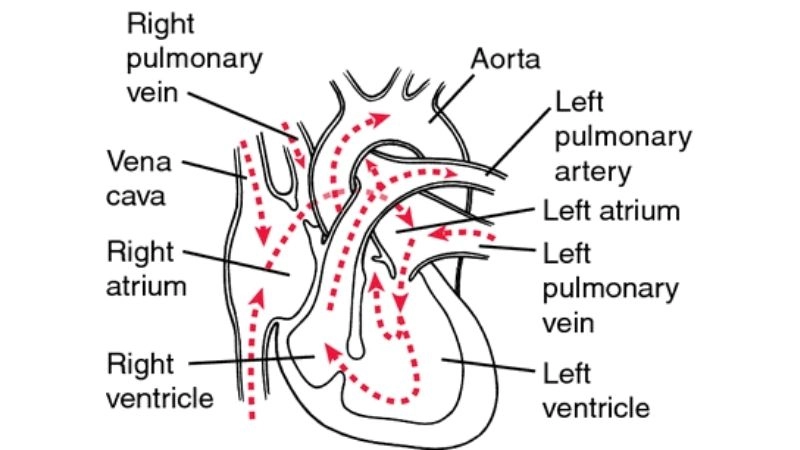



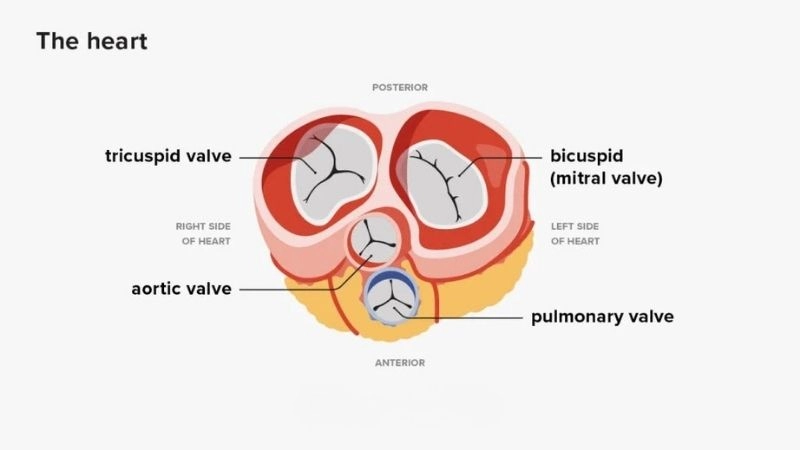

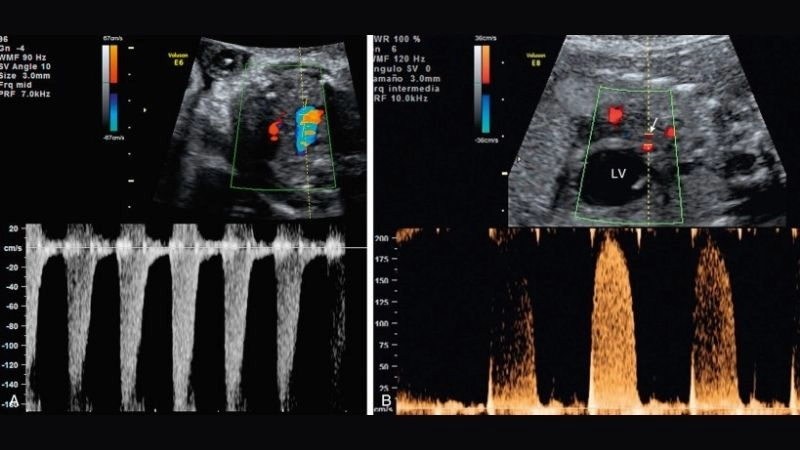
>>> Understand more about: Tricuspid Atresia symptoms in infant and early warning signs
Managing Aortic Valve Atresia requires timely intervention. Awareness of symptoms and treatment options can enhance life quality and heart health outcomes.


